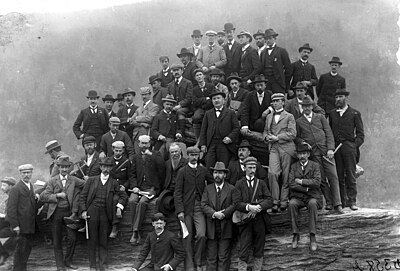
Richard Alexander Fullerton Penrose Jr., better known throughout his career as R. A. F. Penrose Jr., was an American mining geologist and entrepreneur.
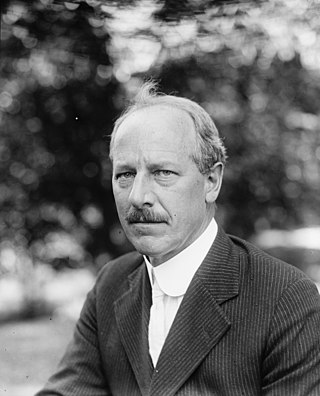
Arthur Louis Day was an American geophysicist and volcanologist. He studied high temperature thermometry, seismology and geothermal energy.
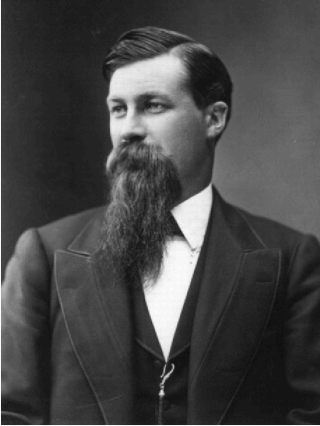
Thomas Chrowder Chamberlin was an American geologist and educator. In 1893 he founded the Journal of Geology, of which he was editor for many years.
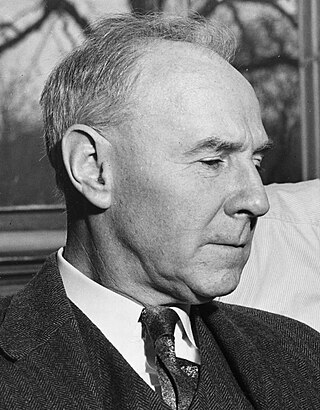
Norman Levi Bowen FRS was a Canadian geologist. Bowen "revolutionized experimental petrology and our understanding of mineral crystallization". Beginning geology students are familiar with Bowen's reaction series depicting how different minerals crystallize under varying pressures and temperatures."

Newton Horace Winchell was an American geologist chiefly notable for his six-volume work The Geology of Minnesota: Final Report of the Geological and Natural History Survey of Minnesota, which was prepared by Winchell and his assistants. A bibliography of his publications by Warren Upham in the Bulletin of the Geological Society of America contains almost 300 titles.
William Walden Rubey was an American geologist.
Walter Hermann Bucher was a German-American geologist and paleontologist.
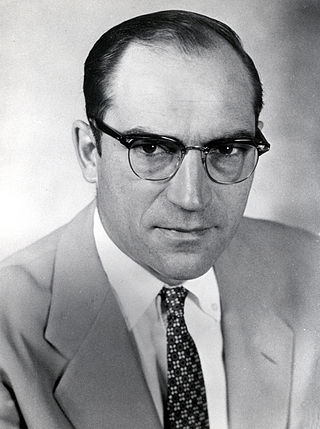
Luna Bergere Leopold was a leading U.S. geomorphologist and hydrologist, and son of Aldo Leopold. He received a B.S. in civil engineering from the University of Wisconsin in 1936; an M.S. in physics-meteorology from the University of California, Los Angeles in 1944; and a Ph.D. in geology from Harvard University in 1950.
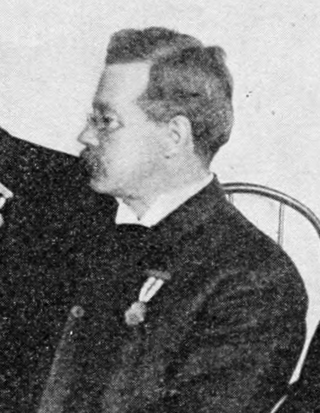
William Berryman Scott was an American vertebrate paleontologist, authority on mammals, and principal author of the White River Oligocene monographs. He was a professor of geology and paleontology at Princeton University.
Robert Edward Folinsbee was a Canadian geologist, whose work involved geochronology, ore deposits, and meteorites.

Waldemar Lindgren was a Swedish-American geologist and a founder of modern economic geology.

Edward Francis Baxter Orton Sr. was a United States geologist, and the first president of The Ohio State University.

Charles Kenneth Leith was an American geologist. He was head of the University of Wisconsin geology department for 30 years. In 1942, he was awarded the Penrose Medal by the Geological Society of America, the highest award given in the geosciences.
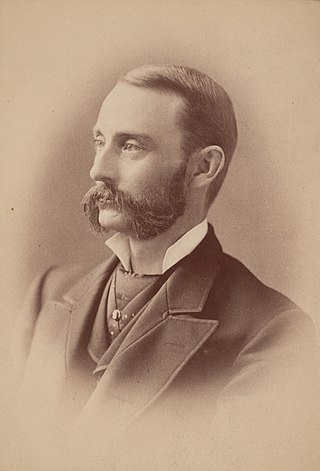
George Ferdinand Becker (1847–1919) was an American geologist. His most important work was in connection with the origin and mode of occurrence of ore deposits, especially those of the western United States.
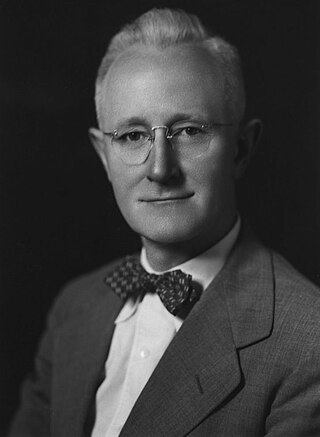
Wilmot Hyde Bradley was an American geologist who served as Chief Geologist of the U.S. Geological Survey from 1944 to 1959, and as President of the Geological Society of America in 1965. He was the tenth Chief Geologist, and his tenure was the longest of any Chief Geologist at the time.
Konrad Bates Krauskopf was an American geologist, a pioneer in geochemistry, noted for his work in radioactive waste disposal. Krauskopf led expeditions to Mexico, Norway, the Sierra and the Pacific Northwest. Krauskopf was a geology professor at Stanford University, and a member of the National Academy of Sciences.
The R.A.F. Penrose Gold Medal was established in 1923 and is awarded by the Society of Economic Geologists (SEG) to recognize a full career in the performance of "unusually original work in the earth sciences". The medal was donated by American geologist and founding President of the SEG Richard A.F. Penrose Jr. At the time of its donation, Penrose was explicit in his desire that the medal be awarded for achievements in pure geological science, rather than in the application of science to the discovery of mineral deposits.
The Geological Society of America Bulletin is a peer-reviewed scientific journal that has been published by the Geological Society of America since 1890. Its first editor was William John McGee. According to the Journal Citation Reports, the journal has a 2016 impact factor of 4.212.
Robert Dean Hatcher Jr. is an American structural geologist, known as one of the world's leading experts on the geology of the southern and central Appalachians.


